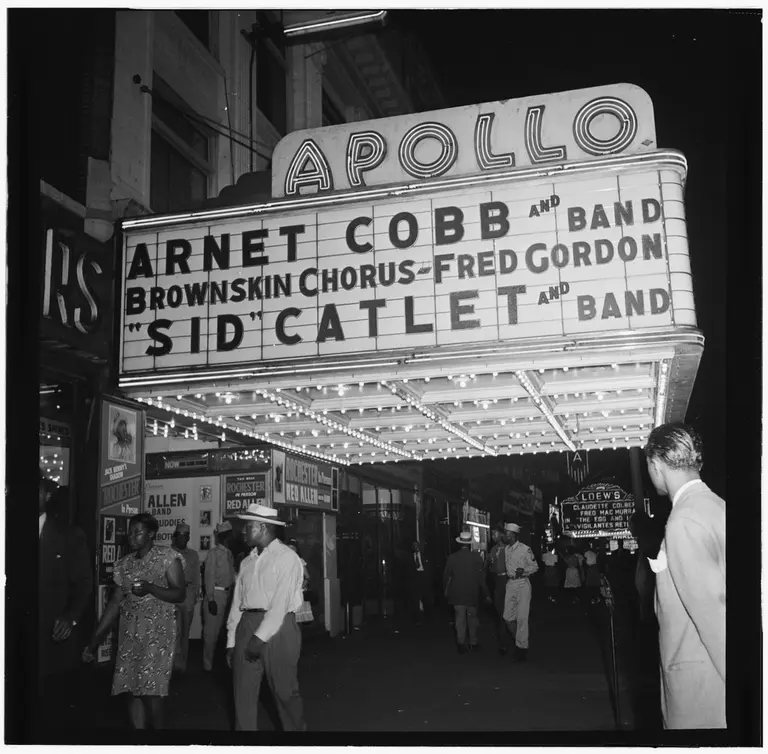
The Apollo Theater c. 1946, via Library of Congress
10 secrets of Harlem’s Apollo Theater: From burlesque beginnings to the ‘Godfather of Soul’
All this and more

The Apollo Theater c. 1946, via Library of Congress
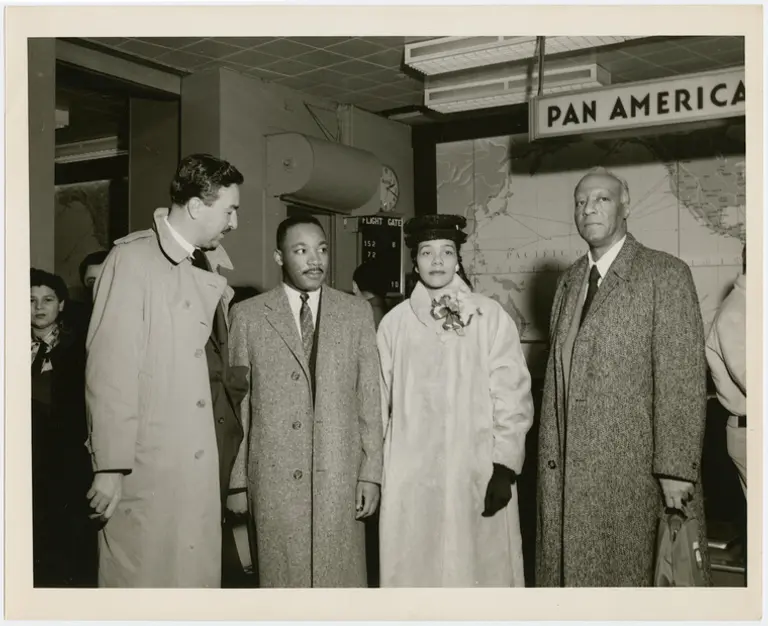
Dr. Martin Luther King, Jr. and his wife Coretta being greeted by Rev. Adam Clayton Powell, Jr. (left) and labor leader A. Philip Randolph (right) at the Pan American World Airways terminal, in New York City: Image: Schomburg Center for Research in Black Culture, Photographs and Prints Division, The New York Public Library. (1950 – 1959).
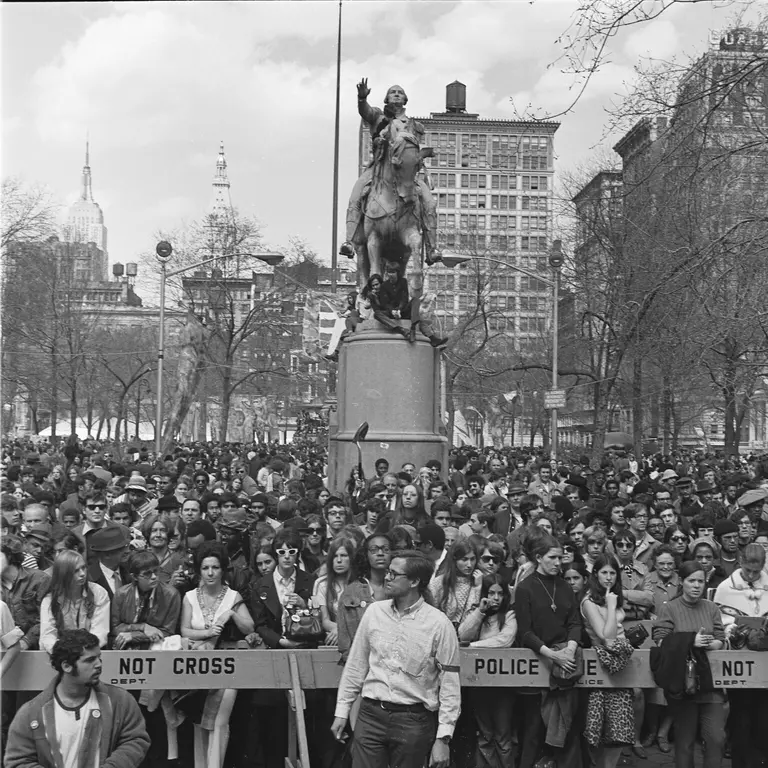
First Earth Day, April 22, 1970. View of crowds in Union Square, NYC Parks Photo Archive, Neg #53262_28. All of the photos in this post are courtesy of the Parks Department.
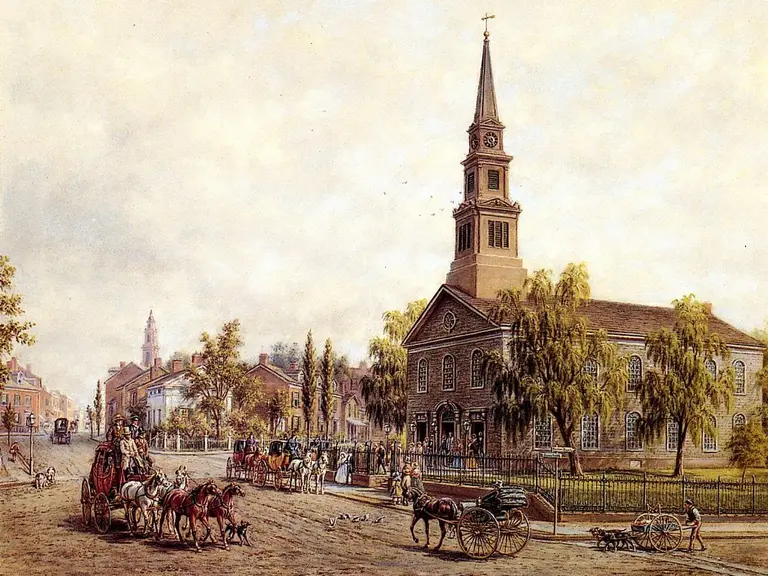
The area in the 1840s, via Wiki Commons
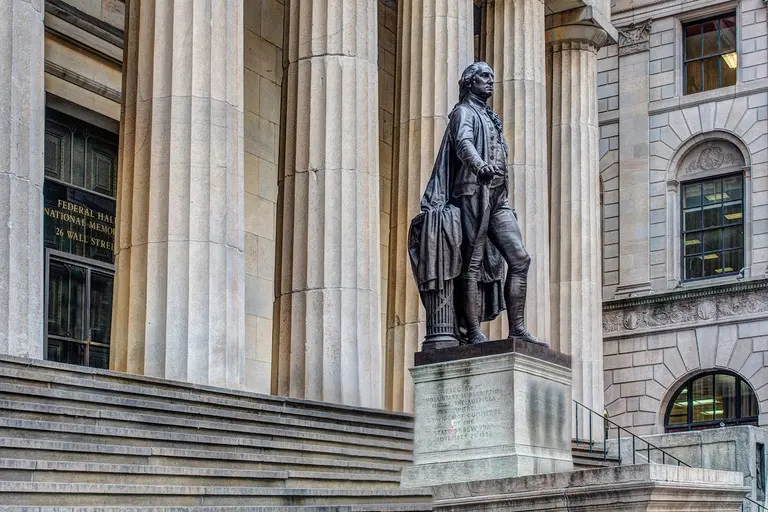
Photo of Federal Hall and the George Washington statue, via John Schiller/Flickr cc
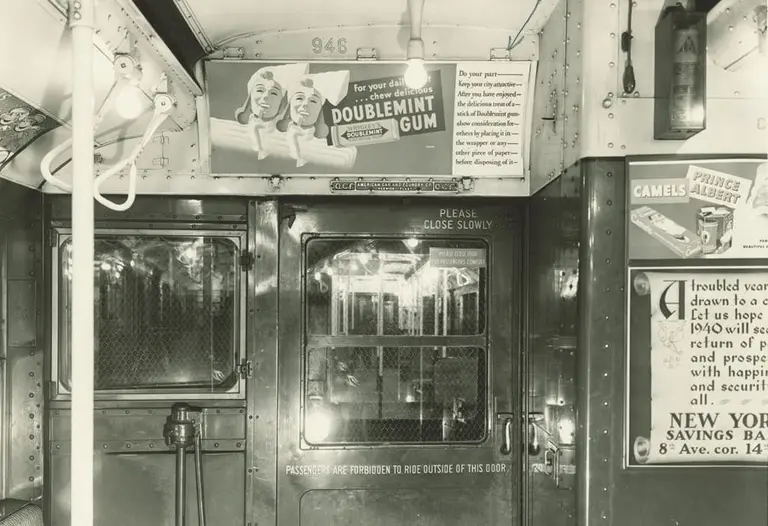
Gum, and Gum disposal, advertising on the 8th Avenue IND, via The Municipal Archives
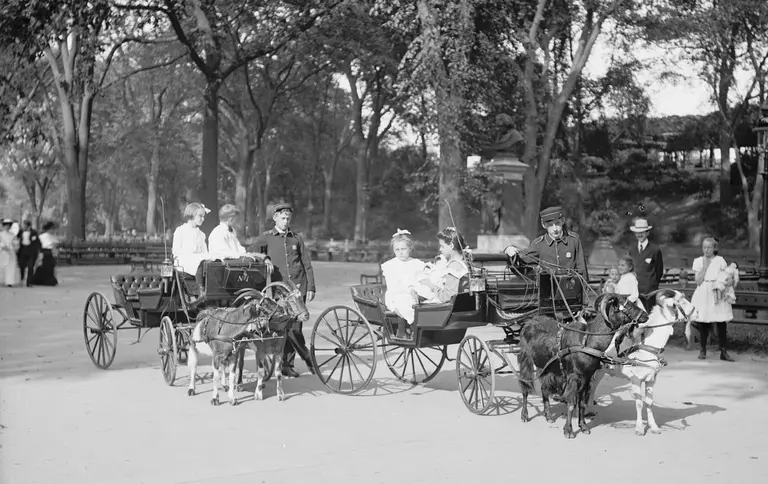
Goat carriages in Central Park via Library of Congress
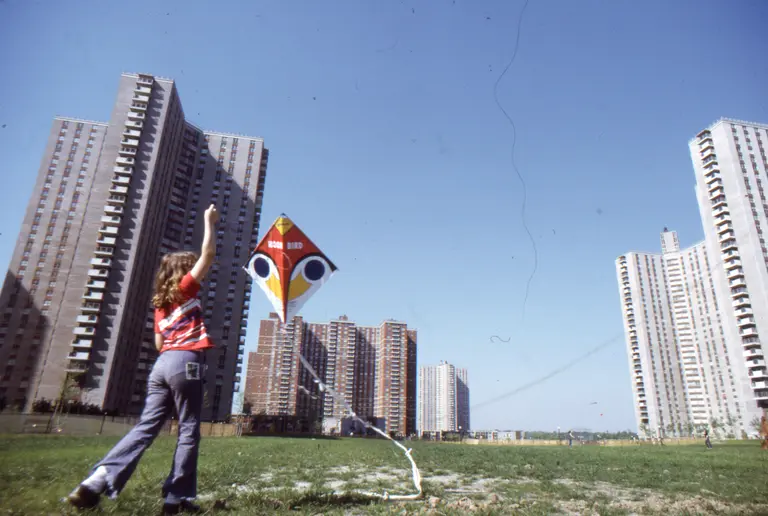
All photos included in this post were taken at Co-op City in the early 1970s and are courtesy of Co-op City
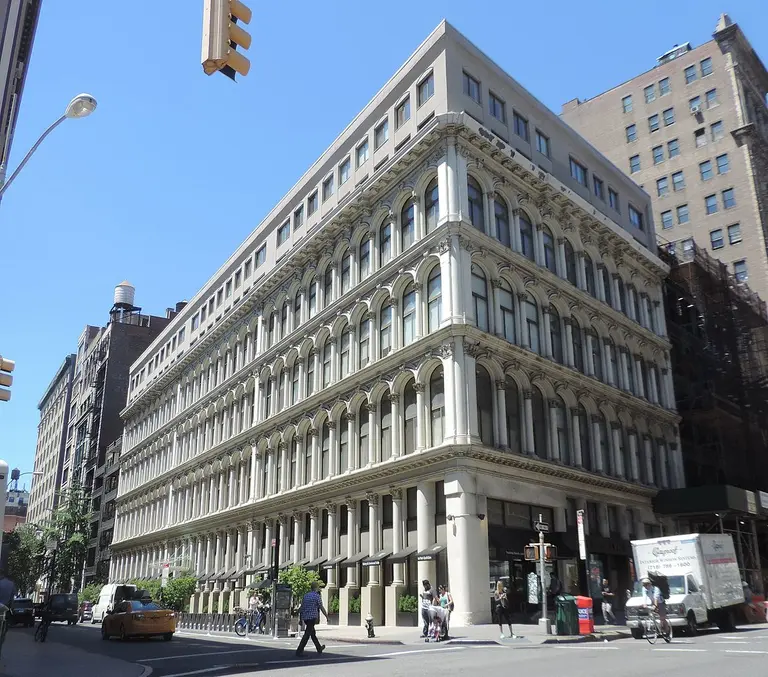
Photo of 801 Broadway by Jim Henderson via Wikimedia Commons
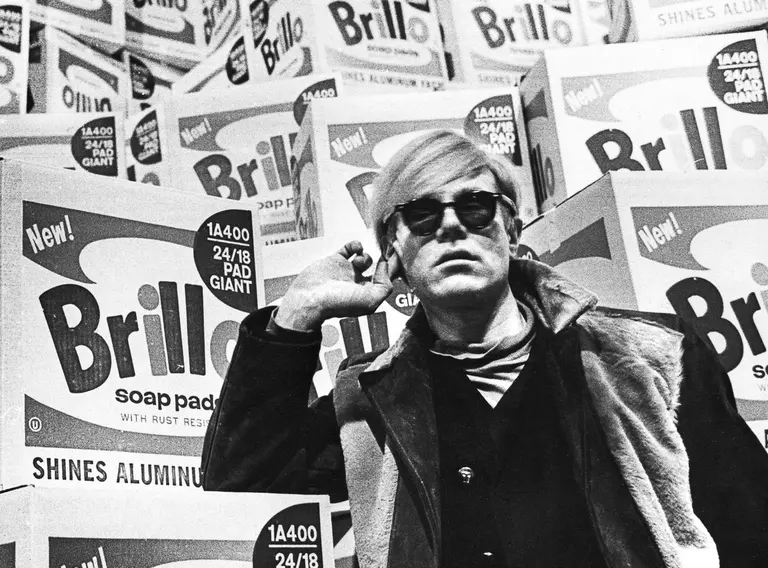
Andy Warhol in 1968, via Wiki Commons
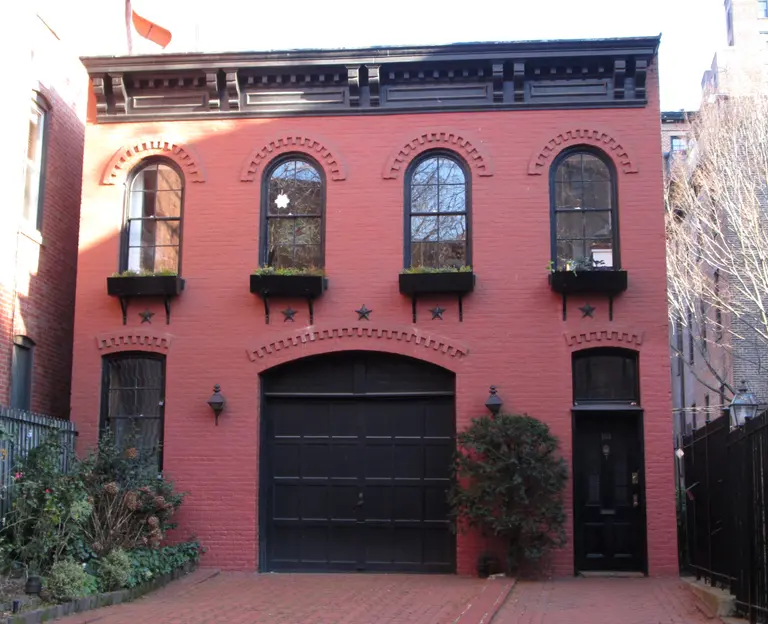
Via Wiki Commons
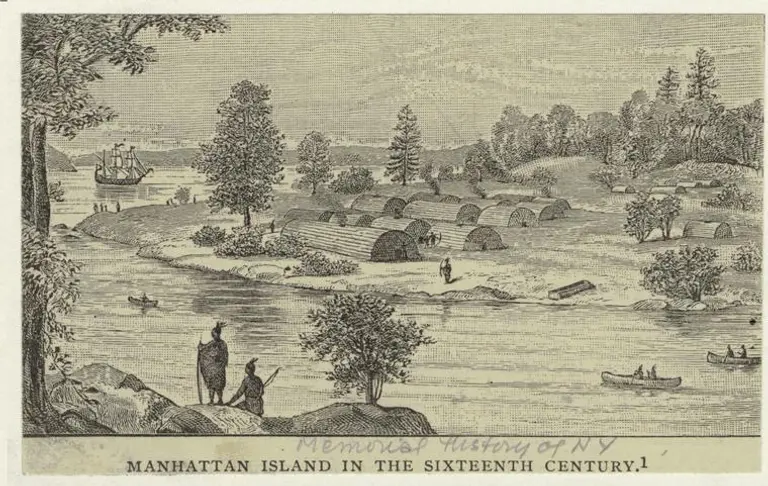
“Manhattan Island in the Sixteenth Century,” from the Memorial History of New York, 1892, via NYPL
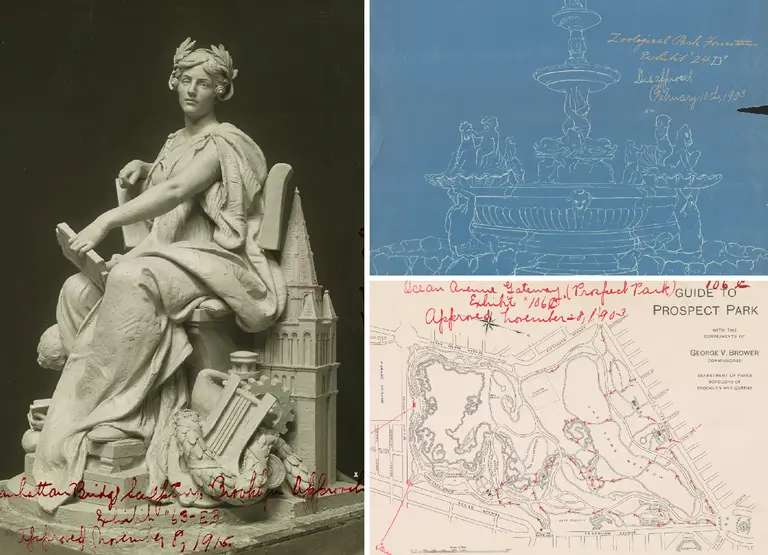
Plans for a never-built “Italian Fountain” at the Bronx Zoo, disapproved by the Commission Feb. 10, 1903; DC French’s “Brooklyn” and a Guide to Prospect Park via PDC
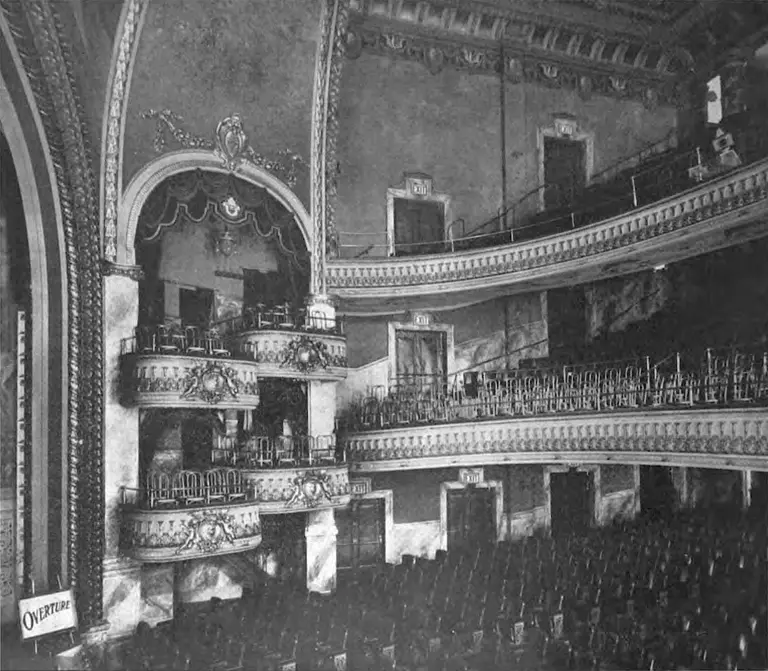
Yorkville Theater, 86th Street between Lexington and Third, via Wikimedia